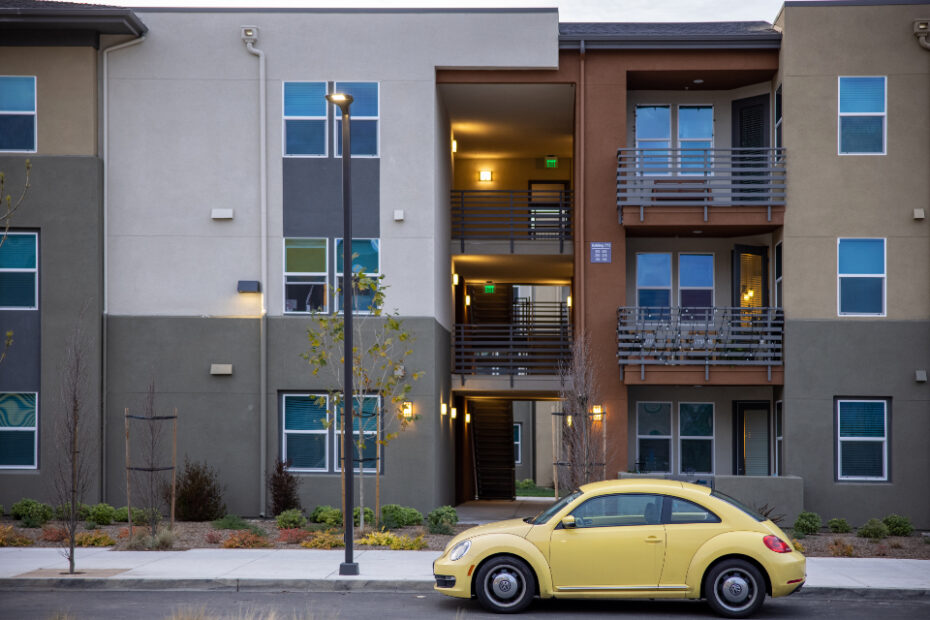The human race has been developing and producing new inventions and technology continuously. When we first began, we focused on meeting our most basic requirements while applying the ideas of civilization and settlement. Humans developed a desire to visit these numerous towns after we understood how to settle, which gave rise to the concept of travel. With urbanization and industrialization, humans developed a variety of transportation methods. Transportation systems including bicycles, cars, and buses eventually evolved into trains, planes, cruise ships, and metros, replacing walking on foot. This diverse range of transportation is still expanding quickly. Not only did this give urban designers a new area to work in, but it also forced architects to consider constructing buildings where their forms of transit would stop or offer amenities to travelers. Today, we are shedding some light on the area of architecture where we build the infrastructure for transportation networks.
architecture of transportation
The architecture of transportation encompasses the constant movement of people and vehicles. The static shelter offers the inhabitants a perpetual dynamic framework. These buildings stand out from other architectural types because there is constantly a flow of people either leaving a location or arriving at a destination. They must function on a more practical and emotional level and provide a place for people to arrive and exit. When we think about it, we see that locations like this—whether they are bus stops, metro stations, ship harbors, airports, train stations, or any other type of transit stop—have a solid emotional connection because people use them to mark the beginning and end of journeys.
These buildings even significantly contribute to providing the city with a distinct identity. When thoughtfully planned, these varied transit stops can become municipal monuments. They would serve as focal points for the town’s distinctiveness. Similar to how pins are used to mark maps, these buildings at various locations enable us to roughly monitor our surroundings and location.
We now need to comprehend the various traveler types to comprehend the design of transportation. First off, there are the locals who depend on transportation for their everyday requirements. Such as pedestrians, cyclists, drivers, and riders of bikes. These individuals demand adequate pathways, bus stations, bike racks, and parking spaces. The second category of travelers includes individuals who go from one location to another using bus, trains, planes, and ships. These affect the city and its residents greatly and the need for a larger infrastructure. It turns into a town’s main economic driver, and frequently, travelers gauge a city by its airports, train stations, and other transportation hubs.
More INJ Architects:

